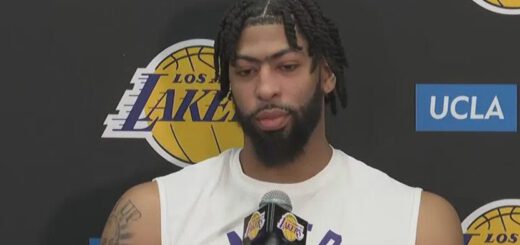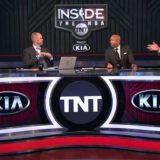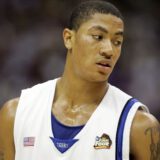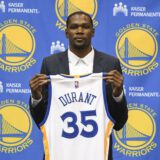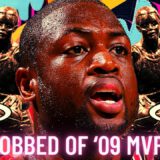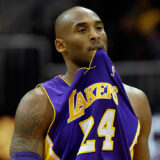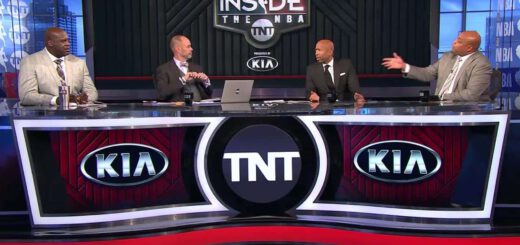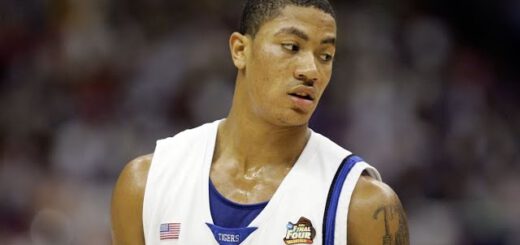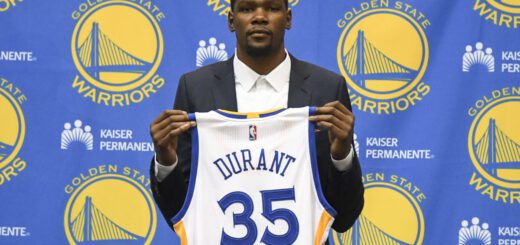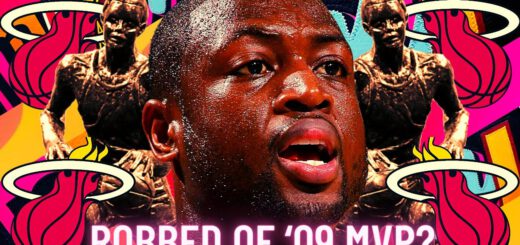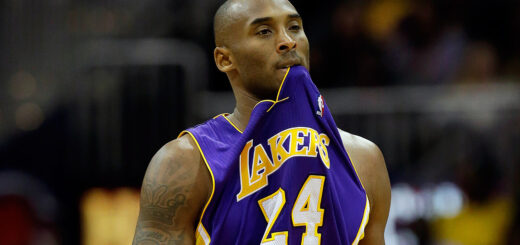Review: The early years of the NBA
It has been more than 75 years since the NBA’s first game. On November 1, 1946, the legendary duel between the New York Knicks and the Toronto Huskies took place, but before it happened, there was a long prelude. Basketball had been spreading in the USA since the end of the 19th century, but until exactly June 6, 1946, there had been no league comparable to the NHL in ice hockey.
On that June 6, the NBA’s predecessor organization, the Basketball Association of America (BAA), met in New York. The NBA considers this day to be its own founding day. The driving force behind the founding of the association was the operators of the large sports arenas, who wanted to utilize their enormous halls to capacity in order to earn money without gaps around the year.
Consequently, Maurice Podoloff, who also headed the NHL, was elected as the first president of the BAA. The MVP Trophy is still named after him today. Unfortunately, the BAA had a bad start, because it could hardly show good players at the beginning. Already in the first year, four teams withdrew from the new league.
The association did not lack money, the financing was solid. The BAA took over the NBL (National Basketball League) in 1949 after three teams had already transferred over from there in 1948. Finally, the current name, National Basketball Association, was created.
Sports betting was already very popular back then, and bookmakers had all kinds of work to do. The only thing was that back then, customers still had to appear in person at the betting shops and bring cash with them; today, betting has become much more convenient. Comparison portals, which refer to the top betting sites, usually serve as the first port of call.
One of them is SBO.net, a magnet for all those who want to get into the exciting sports betting hobby. Here you can find neatly listed numerous reputable bookmakers with their features and conditions. The user can compare in detail and finally choose the most suitable provider. The service is free of charge and without obligation.
Be that as it may, the NCAA college league enjoyed a much higher reputation than the NBA in the early 1950s. Then came the big bribery scandal in 1951 that discredited the NCAA and finally elevated the NBA to the throne. Great college stars like Jim Pollard and Joe Fulks moved to the NBA.
Starting in 1950, African Americans were finally allowed to play: Earl Lloyd and Chuck Cooper were the first dark-skinned athletes in the NBA. One team, in particular, stood in the spotlight at the beginning of the 1950s: the Minneapolis Lakers with their 2.08-meter-tall center George Mikan. Considered the first NBA superstar, Mikan was a standout in the truest sense of the word.
Because of him, the NBA decided to change the rules of the game: they expanded the zone under the basket to force the center to move more. So, the action shifted to the wings and Mikan couldn’t unleash his pressing dominance as much.
Unfortunately, the shot backfired, the players threw less and fouled more. In 1953, the referees had to whistle more than 100 fouls in some matches, which did not please the spectators at all. They stayed away en masse. Intensive rule changes were made, especially the so-called shot clock was introduced, which brought back order and at the same time new momentum.
FIBA and the NCAA adopted this profitable rule, which is considered a milestone in basketball. The famous Celtics dynasty then began in the 1960s: the Boston Celtics ran up to their top form and won a total of eleven championships between 1957 and 1969, eight of them in a row.
Most Celtic players of that era are listed in the Basketball Hall of Fame, but two characters stand out in particular: Red Auerbach as a fantastic coach and Bill Russell as an incredibly gifted player and team leader.
After the ’60s, a dark era followed, with a declining level of play and waning spectator interest. The NCAA gradually swam back on top, the bribes were forgiven but not entirely forgotten. In 1967, moreover, a new competitor entered the fray in the form of the American Basketball Association (ABA).
By the ’80s at the latest, the NBA returned to old form with the exciting Lakers-Celtics rivalry. And this time it came to stay.




